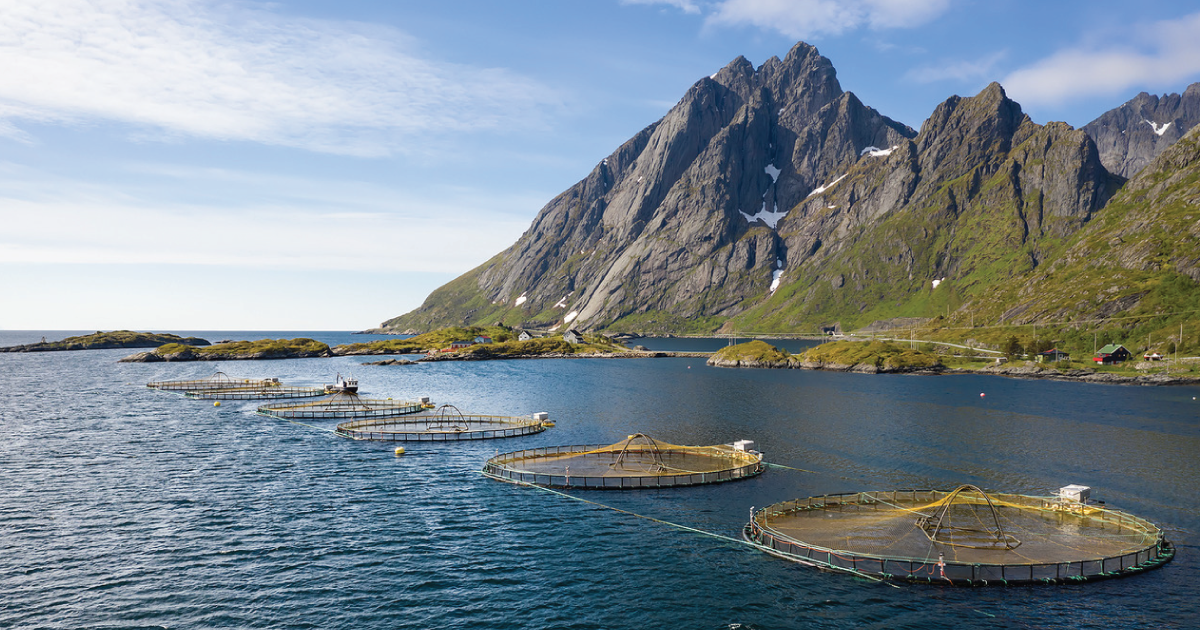
The High Cost of Salmon Farming
A growing interest in health and heath food has helped drive consumer demand for fish to an all-time high. A diet rich in fish has grown so popular that global fish consumption jumped 122% from 1990 to 2018, according to the Food and Agriculture Organization of the United Nations (FAO).
November 21, 2020 | Source: Mercola.com | by Dr. Joseph Mercola
A growing interest in health and heath food has helped drive consumer demand for fish to an all-time high. A diet rich in fish has grown so popular that global fish consumption jumped 122% from 1990 to 2018, according to the Food and Agriculture Organization of the United Nations (FAO).1
Fish is often viewed as a healthier alternative to meat2 due to the so-called “benefits” on human health and the environment. But is it really healthier for you and the planet? That all depends on what kind of fish you’re eating and where it’s sourced from.
An increasing amount of fish on the market — in restaurants and grocery stores — is sourced from large-scale industrial fish farms. These farms rely on a toxic cocktail of pharmaceutical drugs, pesticides and even genetically engineered crops such as soy.3
Industrial ocean fish farms or factory fish farms, where fish are raised numbering in the hundreds of thousands or millions, often in net pens in the open ocean, pollute the environment with massive amounts of fish waste and threaten already vulnerable wild fish with disease.
Fish raised in crowded and unsanitary conditions are, unfortunately, on the rise. The number of fish produced on fish farms skyrocketed 527% from 1990 to 2018, according to FAO. There are a couple of reasons for this spike, one being the world’s appetite for fish is growing. Another reason is that, by 2016, 90% of the world’s wild fish stocks had already been depleted due to overfishing.4
The result is more people are eating farm-raised fish produced on land in massive tanks or in open ocean net pens. In fact, the world now produces more farmed fish than it does beef.5 And, 50% of the fish eaten worldwide is now farm-raised.6
Health Benefits of Farmed Salmon Versus Wild-Caught Salmon
Salmon is one of the most widely sold types of factory farm fish, and salmon farms are now the fastest-growing type of food production system in the world.7 A fan favorite among fish eaters, salmon is often a go-to for health-conscious consumers. Loaded with vitamins, antioxidants and omega-3 fatty acids, salmon has all the characteristics associated with healthy food.
But salmon is only healthy if it is wild-caught, meaning it was fished from its natural habitat, where it fed on natural organisms. Salmon is not healthy for you if it is farm-raised. Farmed salmon actually has more in common with junk food than health food.
Farmed fish are raised on a diet of processed, high-fat, high-protein feed that can include everything from genetically engineered soybeans and pesticides, to polychlorinated biphenyls (PCBs) and dioxins, to antibiotics.8 The dry pellet feed given to farmed salmon is what makes it so toxic to you when you eat it.
The toxins in farmed salmon feed accumulate in salmon fat. One study,9 which tested 700 salmon samples collected from around the world, found PCB concentrations in farmed salmon are, on average, eight times higher than in wild salmon.10
Farmed salmon in general contain higher levels of contaminants than wild salmon, in part because of their elevated fat content. So even when raised in similarly contaminated conditions, farmed salmon will absorb more toxins than wild fish.
Farmed salmon also does not have the nutritional profile of wild salmon, containing far higher amounts of omega-6, which can have deleterious health ramifications, seeing how most people are deficient in omega-3 while getting far more omega-6 than they need.
Majority of Salmon Eaten in the US Comes From Fish Farms
With all the farmed salmon floating around, you might be surprised to learn that the U.S. captures nearly one-third of the world’s wild salmon. But more than half of it is sent overseas, where it’s deboned and processed using cheap labor.
There was a time when our wild-caught salmon would be shipped back to us after processing but, today, the majority of it stays in Asia as a result of Japan’s shrinking fish supply and China’s improved economic status, which allows its citizens the luxury to purchase it.
The result is more farm-raised salmon for Americans. Two-thirds of the salmon we eat here in the U.S. is imported, mostly from industrial fish farms in Chile, Canada, Norway and processing factories in China.11
Similar to industrial animal agriculture, farming salmon (and fish in general) on a large scale results in a massive amount of animal waste or, in this case, fish waste. According to The Guardian:12
“A pen with 200,000 fish produces an enormous amount of waste. In nature, animal waste is not harmful; in fact it is often beneficial. But large concentrations of it can be destructive. The waste of wild fish swimming around is not harmful, but the waste of hundreds of thousands staying in the same spot is.”
